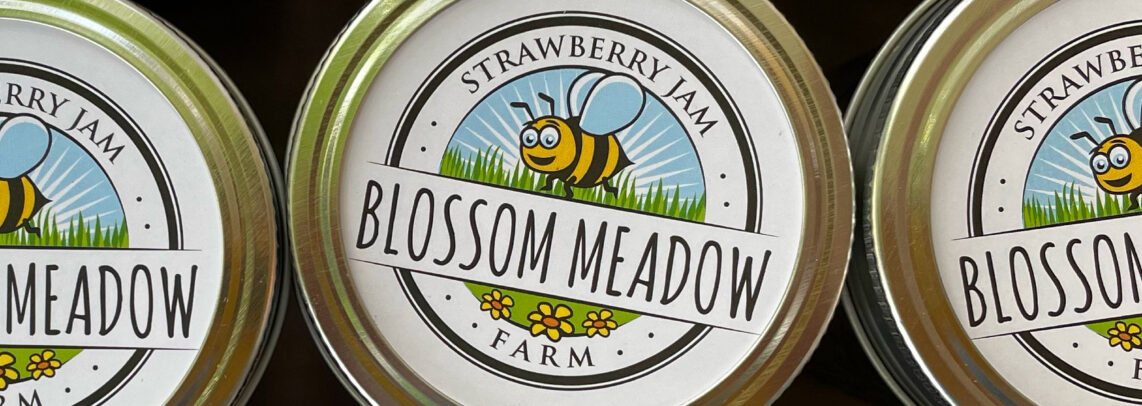There are about 450 different bee species in New York State, including bumblebees, carpenter bees, sweat bees, mason bees, and honey bees. As their work in pollinating our gardens, farms, and natural world is priceless, please consider the following actions to help reverse their population declines:
Ensure food sources: To increase forage for pollinators, plant >40% of your yard with native plants, shrubs, and trees as these flowers are four times more attractive to native bees than exotic flowers. It is best to choose several colors of flowers and ensure blooming plants throughout the growing season (at least three flower types blooming each spring, summer, and fall). Try to also plant heirloom varieties of perennials and herbs. These plants are typically good sources of nectar and pollen, attributes that may have been lost when the plant was further bred for showy flowers or drought tolerance. For additional food opportunities, allow farm and garden crops (such as lettuces) to bolt and develop flower stalks. Even more importantly, with over 31,000 square miles of lawns maintained as mowed grass in the United States (a combined land area of MA, RI, VT, and NJ), convert areas from food deserts to bee smorgasbords simply by allowing clover, dandelion, and violet to grow in your lawn.
Some great flower garden plants:
– Catmint (Nepeta spp.) : 2’ max height; full sun; avg-dry soil. Flowers: spring & summer
– Giant hyssop (Agastache spp.), especially anise hyssop (Agastache foeniculum) & purple giant hyssop (Agastache scrophulariifolia): 2′-3′ height; full sun; moist well-drained soil. Flowers: July-freeze
– Coneflower (Echinacea spp.): 2′-4‘ height; sun to partial shade; well-drained soil. Drought tolerant. Flowers: Jul-Sept
– Butterfly Milkweed (Asclepias tuberosa): 1-2’ tall; full sun/partial shade; avg soil. Orange flowers:Jul-Aug; Monarch Butterflies will lay their eggs on this plant.
– Blanket Flower (Gaillardia ‘oranges and lemons’)
– ‘Lemon Queen’ Sunflower (Helianthus annuus ‘Lemon Queen’): over 6 feet tall with multibranched lemon-yellow blooms; full sun; grows in a variety of soils
Protect from pesticides: Widespread pesticide use has contributed to the decline of bee populations.
Ensure nesting sites: About 70% of bees in New York State are ground-nesting (e.g., mining bees, cellophane bees, and squash bees). While mulch and landscape fabric are effective in suppressing weeds and conserving water, it discourages ground-nesting bees. Bumble bees make nests in pre-existing cavities, such as abandoned mouse nests or vole nests. Native mason bees make their nests in smaller pre-existing cavities including old beetle burrows in dead trees or hollow plant stems. Leaving some of your yard unmulched and without weed fabric as well as allowing a few dead trees to remain provides essential habitat to native bee populations.


Good blogging!